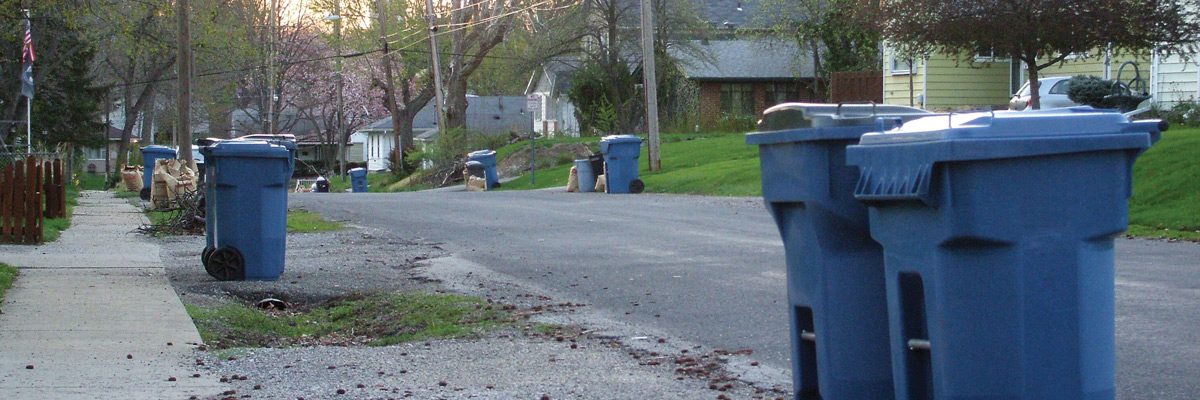Any Electrical Generation System can generate too much energy in a system where output is unknown. To put it another way where consumption is unknown. And this is just my opinion but I am betting any system would rather have too much than too little product or produce to sell. If the system is really large a little bit too much is way better then a little bit less. But what to do with the excess? By the way. contrary to this article, you can turn energy generation off, so long as you know when you have to turn it back on.
https://www.sierraclub.org/sierra/what-do-we-do-too-much-renewable-energy
What Do We Do With Too Much Renewable Energy?
It’s not easy to turn off a wind turbine, but the electricity has to go somewhere
By Natasha Khullar Relph | Aug 19 2020
We know that green energy is good, but can there be too much of a good thing?
For instance, with unusually low demand during the COVID-19 lockdown, the United Kingdom’s power consumption fell by nearly 20 percent this summer. That caused a surge in unused green energy. In May, the National Grid asked for emergency powers to switch off solar and wind farms and warned of blackouts and a “significant risk of disruption to security of supply.”
Britain is certainly not alone. As the transition to renewable energy gathers pace, early adopter regions like Germany, Denmark, and California are finding that, counterintuitively, too much green power poses problems for their energy supply. Electricity, when generated, must be used instantaneously, and therefore the amount of generation and the amount of demand must be balanced perfectly at all times. This can cause surges in the grid unless there are means of storing or diverting this excess.
Finding that perfect balance is complicated at the best of times, says Cisco DeVries, an energy expert and the CEO of OhmConnect as well as a former aide to the secretary of energy during the Clinton administration. It’s far worse when you throw in sudden surprises such as a global pandemic. Suddenly, people are consuming more power at home, but factories are standing empty. “We’re changing when and where we’re using [energy], and we’re doing it in a way that’s never been done before,” he says. Add the challenges of disconnecting solar power plants and wind farms to changing use patterns, he notes, and you’ve “exponentially complicated the balancing of supply and demand.”
:}
Go there and read. More next week.
:}
